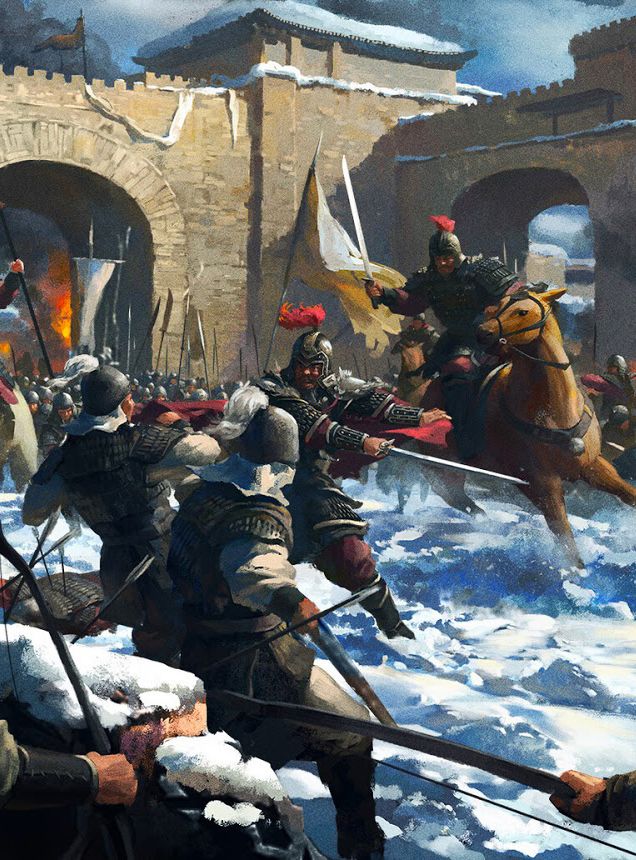
Sui Dynasty
Chang'An, Xi'An, Shaanxi, ChinThe Sui dynasty was a short-lived imperial dynasty of China of pivotal significance (581-618). The Sui unified the Northern and Southern dynasties, thus ending the long period of division following the fall of the Western Jin Dynasty, and laying the foundations for the much longer lasting Tang dynasty.
Founded by Emperor Wen of Sui, the Sui dynasty capital was Chang'an (which was renamed Daxing, modern Xi'an, Shaanxi) from 581–605 and later Luoyang (605–618). Emperors Wen and his successor Yang undertook various centralized reforms, most notably the equal-field system, intended to reduce economic inequality and improve agricultural productivity; the institution of the Five Departments and Six Board (五省六曹 or 五省六部) system, which is a predecessor of Three Departments and Six Ministries system; and the standardization and re-unification of the coinage. They also spread and encouraged Buddhism throughout the empire. By the middle of the dynasty, the newly unified empire entered a golden age of prosperity with vast agricultural surplus that supported rapid population growth.
A lasting legacy of the Sui dynasty was the Grand Canal. With the eastern capital Luoyang at the center of the network, it linked the west-lying capital Chang'an to the economic and agricultural centers of the east towards Jiangdu (now Yangzhou, Jiangsu) and Yuhang (now Hangzhou, Zhejiang), and to the northern border near modern Beijing.
After a series of costly and disastrous military campaigns against Goguryeo, one of the Three Kingdoms of Korea, ended in defeat by 614, the dynasty disintegrated under a series of popular revolts culminating in the assassination of Emperor Yang by his minister, Yuwen Huaji in 618. The dynasty is often compared to the earlier Qin dynasty for unifying China after prolonged division. Wide-ranging reforms and construction projects were undertaken to consolidate the newly unified state, with long-lasting influences beyond their short dynastic reigns.
